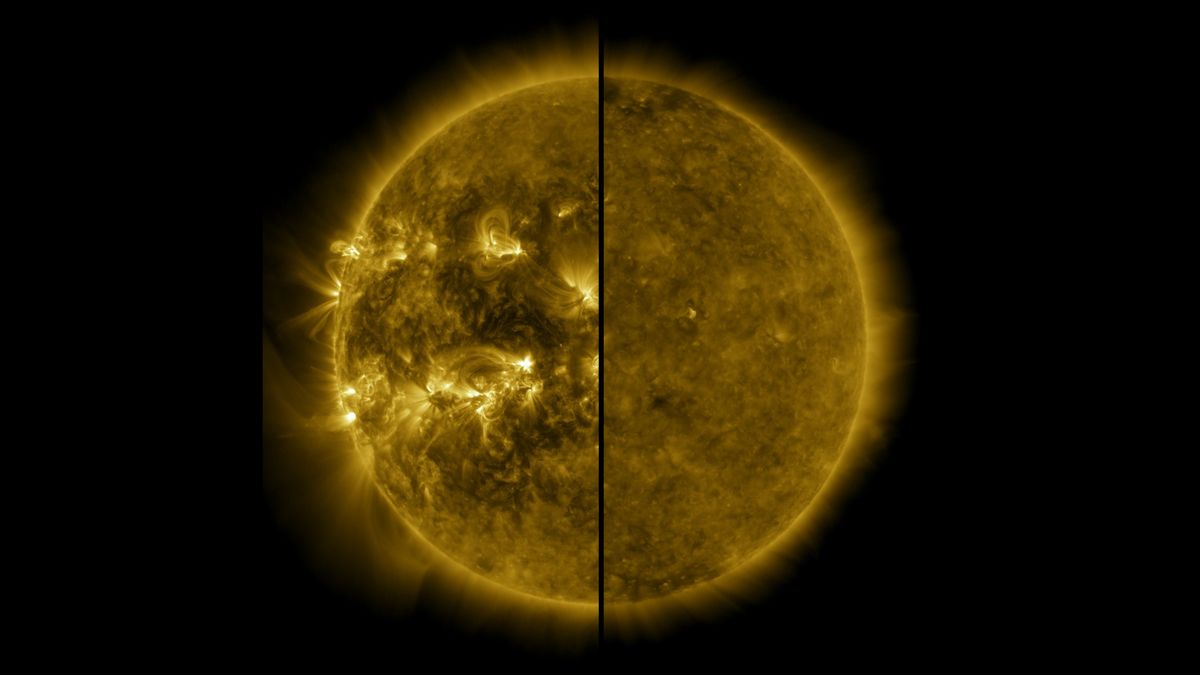JAKARTA - United States Aeronautics and Space Agency (NASA) scientist Robert Leamon and Deputy Director of the National Atmospheric Research Center (NCAR) Scott McIntosh said that the peak of the solar cycle would occur more quickly.
The sun is expected to reach the maximum diesel, the peak of the cycle that causes irregular variations, by 2025. However, this estimate seems to be wrong.
In the results of their research through observations of the sun, this peak will occur in the middle of the end of 2024 with a sunspot that will double the previous prediction.
VOIR éGALEMENT:
This peak of the sun actually occurs every eleven years. NASA once recorded this maximum cycle in December 2008, December 2019, and April 2014. Looking at this year's streak, the next maximum diesel should have occurred in 2025.
However, the results of Leamon and McIntosh's research are progressing a year ahead. Until now, the cause of this cycle's progress is not yet known, but we need to prepare ourselves.
Researchers cannot ignore the possibility of a faster solar peak cycle because solar activity could have a bad impact on the earth and the entire satellite around it.
When the maximum diesel occurs, the sun will burst some energy in the form of flares to throw material into space. Some of this energy will hit Earth.
From this incident, the Sun can affect the activities of other planets to damage space weather. It can even disable satellites and disrupt existing electricity networks.
However, the energy from this sun will not directly hit Earth. Our planet has a magnetic shield that will provide protection automatically. The magnet from the Sun will collide and get stuck from Earth's magnet.
The English, Chinese, Japanese, Arabic, and French versions are automatically generated by the AI. So there may still be inaccuracies in translating, please always see Indonesian as our main language. (system supported by DigitalSiber.id)














